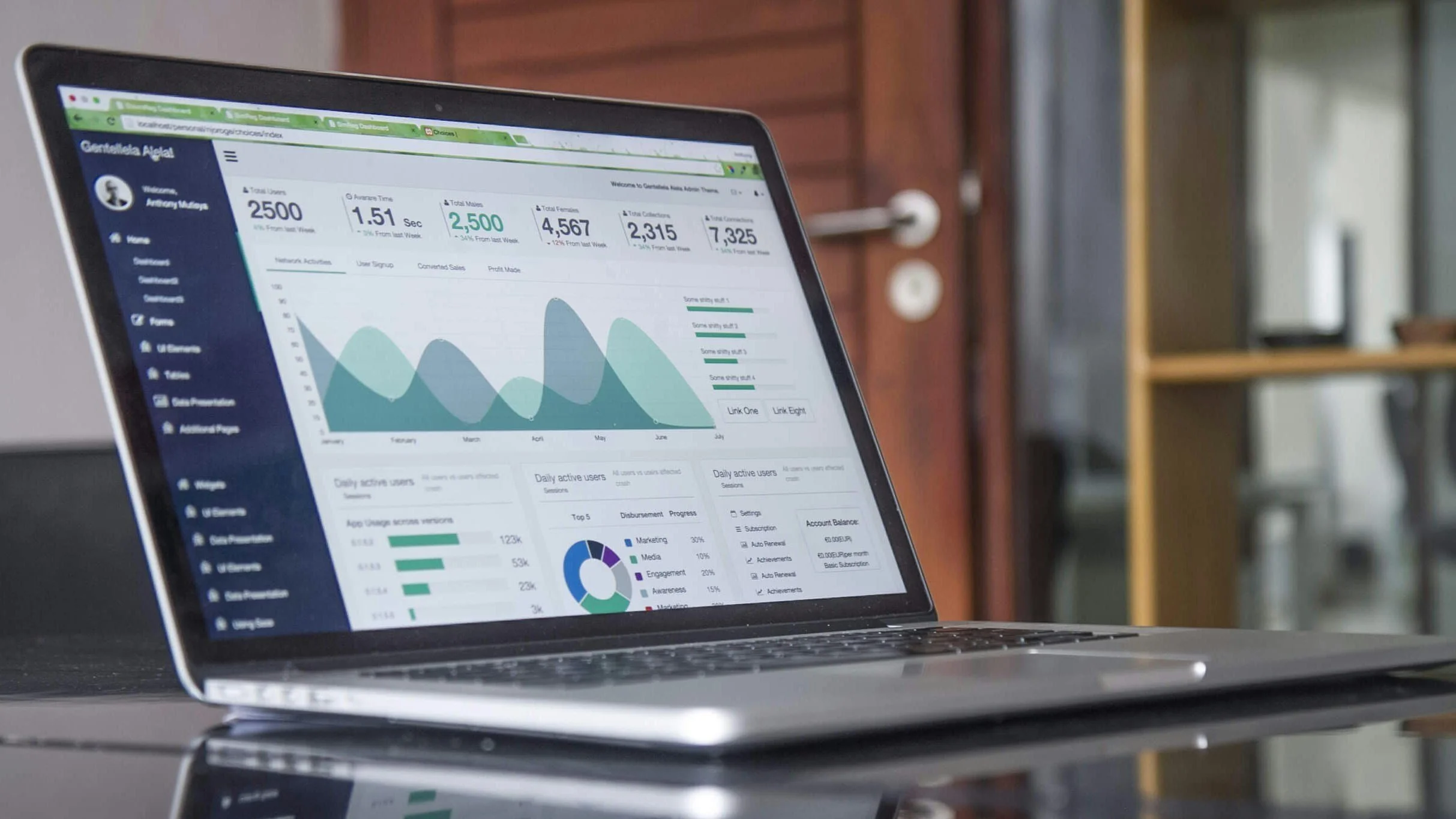
Why the dashboard wasn’t working?
Redesigning the investment dashboard to build user trust and relevance
The challenge
An online investment platform was falling short of its core promise: helping users feel in control of their finances. Annual satisfaction surveys revealed a consistent theme—investors didn’t understand their dashboard. Instead of providing clarity, the dashboard raised more questions than answers. Users struggled to interpret returns, locate fee information, and track their progress toward long-term goals. Engagement was low, and frustration was quietly eroding trust.
As the embedded UX researcher on the product team, my task was to uncover what users actually needed from their dashboard and guide the redesign effort with evidence-based insights.
Getting closer to what matters
To frame the problem, I began with a content inventory and internal card sorting workshop—bringing stakeholders together to map the current dashboard elements and hypothesize what users might value most. This created alignment within the team, but we knew our assumptions needed to be tested.
I then conducted in-depth user interviews paired with card sorting exercises, targeting a range of investors. We explored what they expected to see on their dashboard, what metrics mattered to them, and how they gauged progress.
Key insights
The research revealed a clear disconnect between what was being shown and what users actually cared about:
Unclear returns: Users couldn’t confidently tell if they were gaining or losing money. They needed context, not just raw numbers.
Opaque fees: Many users were unaware of how much they were paying in service fees or how they were calculated.
Goal tracking gaps: Users lacked a simple way to understand if they were on track to meet their long-term investment goals.
No performance benchmarking: Without comparisons to market benchmarks like the S&P 500, users struggled to assess how their portfolio was performing in context.
Translating insight into experience
Working closely with design and product, we moved away from a one-size-fits-all layout and introduced a flexible dashboard with two distinct views:
Everyday performance view: Highlighted real-time returns, recent contributions, and transparent fee breakdowns
Long-term progress view: Focused on goals, savings projections, and portfolio performance relative to market benchmarks
This dual-view approach gave users the ability to toggle between their short-term performance and long-term goals—depending on what they cared about most in the moment.
The outcome
The new dashboard significantly improved engagement by 35% in first month. Beyond improved metrics, the redesign strengthened user confidence by making complex financial data feel approachable and personally relevant.


